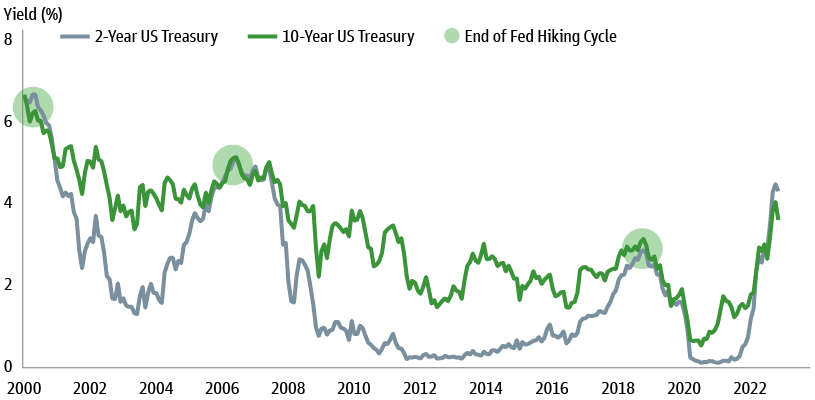- No services available for your region.
We have been made aware that there are external parties falsely claiming to carry out financial services on behalf of Goldman Sachs (including Goldman Sachs Asset Management International and Goldman Sachs International) in order to market fake investment products and to solicit monetary payments. These external parties may pose as Goldman Sachs through the use of fraudulent communications via email, instant messaging or phone, as well as through the use of fake brochures and other documents containing Goldman Sachs branding and logos.
The Financial Conduct Authority of UK has issued warnings about these fraudulent activities which can be found here and here.
It is important to know that any communication you receive from Goldman Sachs would only come from an @gs.com e-mail address and/or be found on the goldmansachs.com website. Further information regarding how you can protect yourself from fraudulent activity online and how you can contact us about this can be found on the Goldman Sachs Security page, available here.


-
In the Spotlight

ETF Center for Advisors | Goldman Sachs Asset Management
Our Exchange-Traded Funds (ETFs) draw on Goldman Sachs Asset Management’s global reach and history of innovation to offer investors the performance potential of active investing with the efficiency—and low cost—of passive strategies.Read More -
-
- By Asset Class
-
Fixed Income
-
Equities
-
Money Markets
-
Multi-Asset
In the Spotlight

Perspectives
In this edition of Perspectives, we explore how investors can seek out potential opportunities across public and private markets as confidence in the macroeconomic outlook continues to build.Read More -
-
- Product Collateral
-
Product Brochures
-
Monthly Fund Update
-
Prospectus
-
KIDs
-
- Advisor Resources
-
Strategic Advisory Solutions
-
- Documents & Forms
-
Literature Centre
-
Forms, Notices and Tax Centre
In The Spotlight

Our In-Depth Commentary Could Help You Gain a Competitive Edge
Read MoreStay on top of the latest market insights, key investment themes, and developments in the global economy affecting your portfolio and investment practices.
-
-
-
- About Us
-
Overview
-
News and Media
-
Stewardship
-
Contact Us
-
- Company Sites
-
GoldmanSachs.com
-
GIR
-
-
Explore how we can help you
Talk to Us


